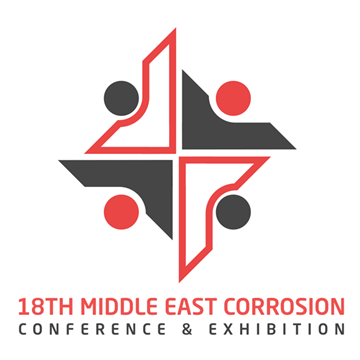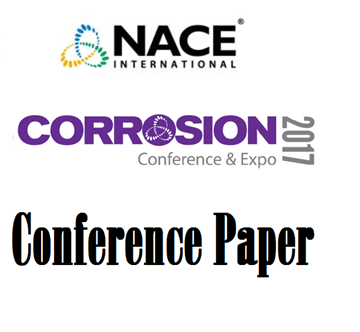Search
Individual Conference Papers
View as
Sort by
Display
per page
Microbial and Compositional Analyses of Crude Pipeline Samples
Product Number:
MECC23-20101-SG
Publication Date:
2023
$20.00
Microbial Corrosion Diagnosis Using Molecular Microbiology Methods: Case Studies
Product Number:
MPWT19-14427
Publication Date:
2019
$0.00
Microbiological Influenced Corrosion (MIC) in Florida Marine Environment
Product Number:
51317--9536-SG
ISBN:
9536 2017 CP
Publication Date:
2017
$20.00
Microbiological Profile and Risk Exposures in Topside Production Systems of FPSOs in West Africa
Product Number:
51322-18017-SG
Publication Date:
2022
$20.00
Microbiologically Induced Corrosion Observed During Downhole Corrosion Inhibitor Trial
Product Number:
51319-13544-SG
Publication Date:
2019
$20.00
Microbiologically Influenced Corrosion (MIC) by Halophilic (Salt-Loving) Nitrate and Sulfate-Reducing Microorganisms
Product Number:
51321-16284-SG
Publication Date:
2021
$20.00
Microbiologically Influenced Corrosion by General Aerobic and Anaerobic Bacteria in Oil & Gas Separators
Product Number:
51320-14365-SG
Publication Date:
2020
$20.00
Microbiologically Influenced Corrosion Failure Of Ni-Coated Carbon Steel Fittings In Enhanced Oil Recovery Water Injection Service
Product Number:
51322-17793-SG
Publication Date:
2022
$20.00
Microbiologically Influenced Corrosion In A Gas Storage Well
Product Number:
51321-16680-SG
Publication Date:
2021
$20.00
Microbiologically Influenced Corrosion In Drinking Water Pipelines – Old Deposits Or Active Process?
Product Number:
51322-18068-SG
Publication Date:
2022
$20.00
Microstructural And Corrosion Studies Of Super-Duplex Stainless Steels Produced Via Additive Manufacturing
Product Number:
51321-16990-SG
Publication Date:
2021
$20.00












